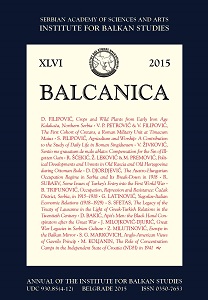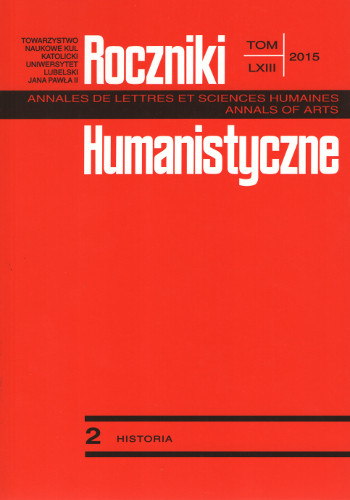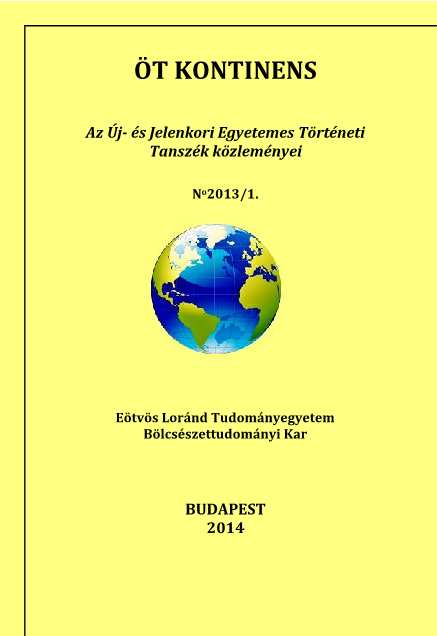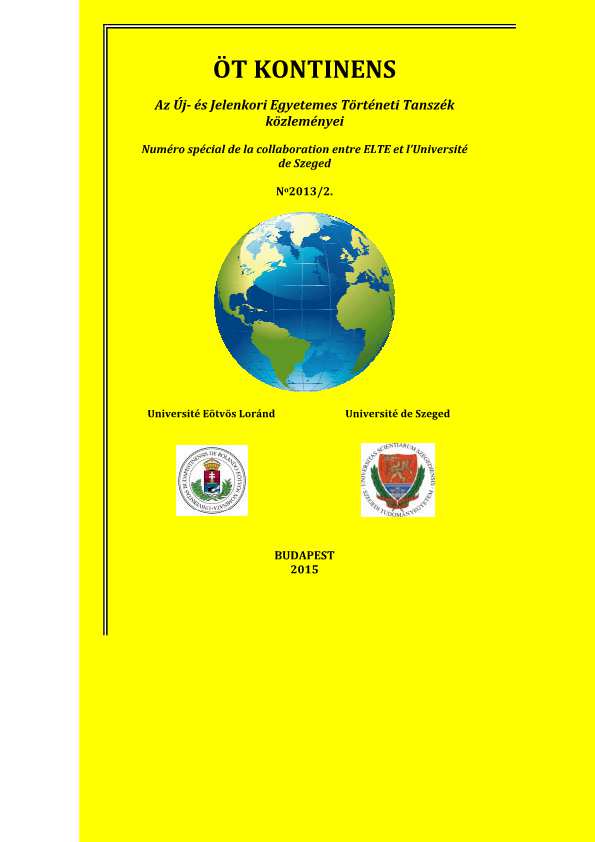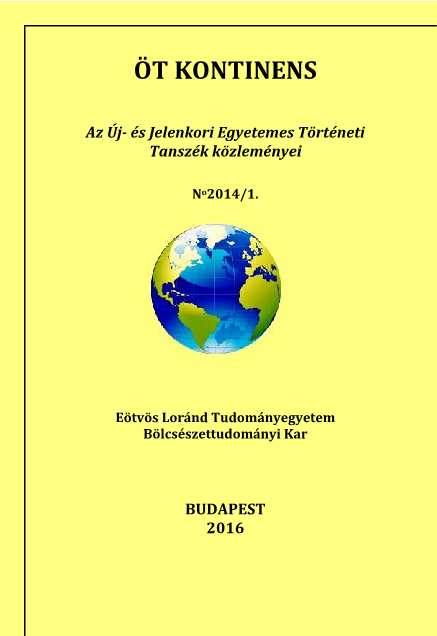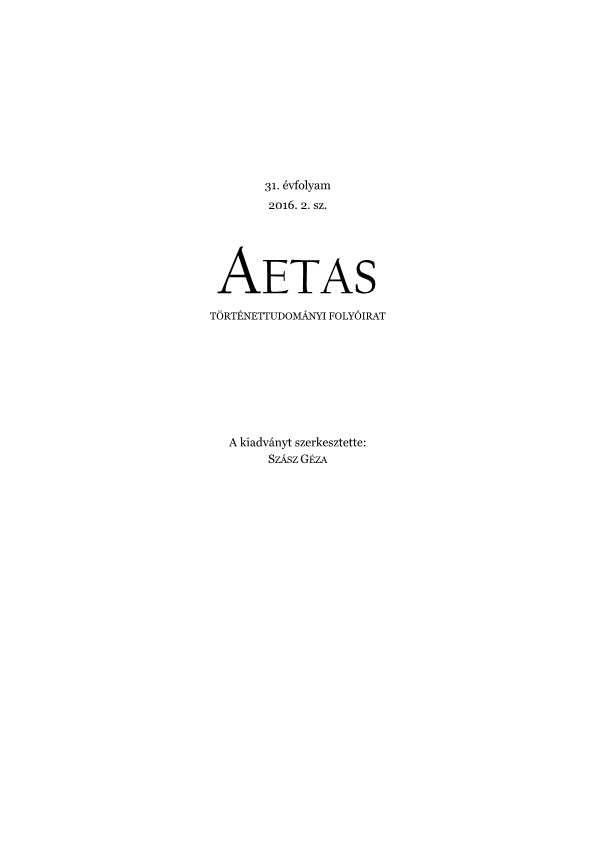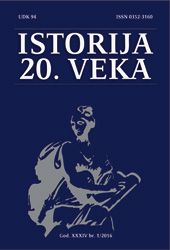
CZECHOSLOVAK-YUGOSLAV RELATIONS IN THE FIRST YEAR OF KING ALEXANDER’S DICTATORSHIP
This study examines bilateral political and diplomatic relations between Czechoslovakia and Kingdom of Serbs, Croats and Slovenes (from October 1929 Yugoslavia) during the year 1929 when the royal dictatorship in Yugoslavia was proclaimed. The author also focuses on the Czechoslovak attitude toward the Yugoslav dictatorship during its first year. The study is based on archival sources from the Czech and Yugoslav archives (especially diplomatic reports and correspondence) as well as literature and the press from 1929. Despite the fact that the democracy in the Kingdom of SCS was obviously curbed, Czechoslovak political leaders headed by the Minister of Foreign Affairs Edvard Beneš supported Royal Dictatorship in the Kingdom of SCS. In particular, Beneš wanted to prevent weakening of the Little Entente and also Czechoslovakia’s position as its leader. This stance helped the regime in Yugoslavia to strengthen and to establish on internal and international political scene.
More...
